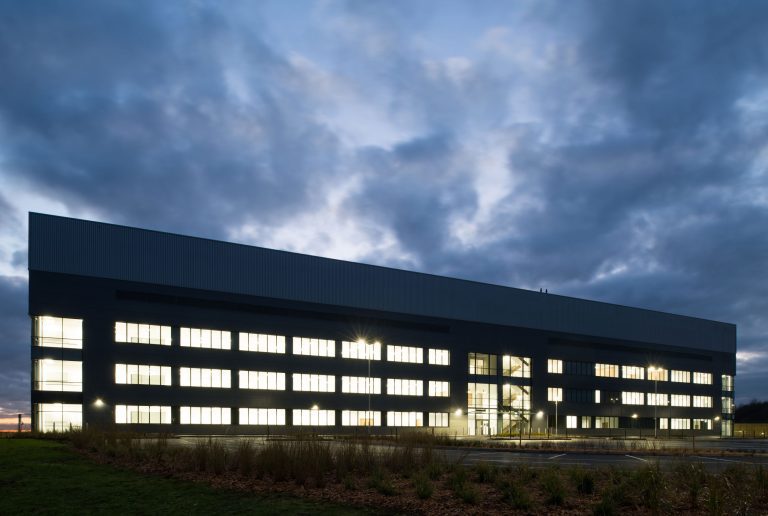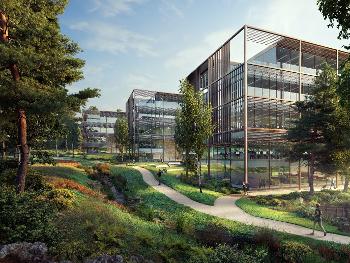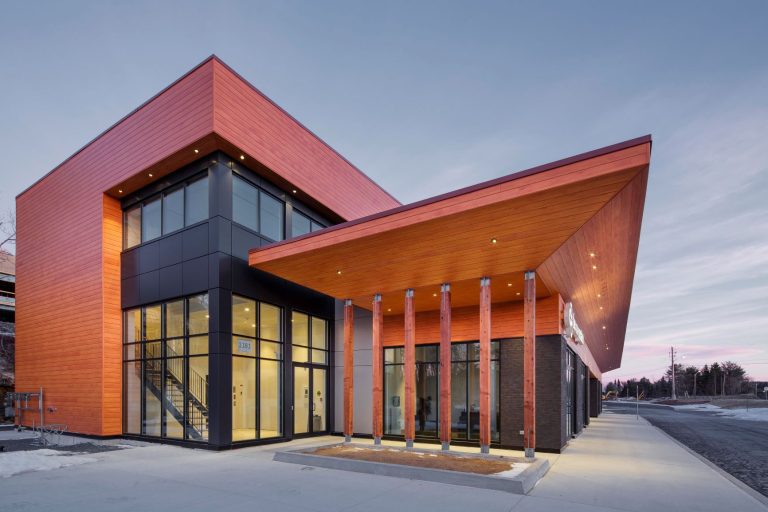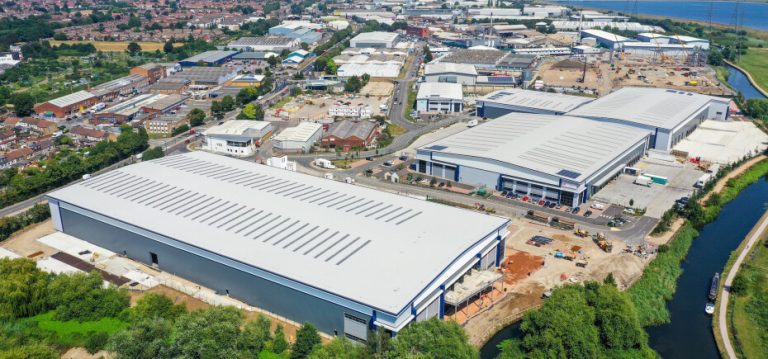Plans to create a major business park with the potential to create thousands of new jobs and boost County Durham’s economy by £400 million have been approved by councillors. Our planning committee today (Tuesday 1 December) voted in favour of developing the site at Aykley Heads, but, given the significant scale of the scheme, we are required to refer the application to the Secretary of State for Housing, Communities and Local Government. This means, subject to the minister’s approval, work will begin on the first phase of Aykley Heads Business Park in early 2021. The first phase will see the creation of 3,500 square metres of flexible office space within a three-storey building and 60 car parking spaces to the north of the site. We are investing £6 million towards the cost of the project, with the remaining £6 million allocated from the Government’s Getting Building Fund, which aims to deliver jobs, skills and infrastructure across the country. This will create up to 300 jobs, while acting as a catalyst for the wider masterplan for the site and putting County Durham firmly on the map as a location for office space. Maximising economic growth As well as the detailed plans for the first phase, the hybrid application approved by councillors also includes outline plans for developing the remainder of the site, which incorporates land currently occupied by our headquarters, County Hall. In January 2018, our Cabinet agreed to create a new smaller headquarters at the Sands car park in Durham city to pave the way for the business park. The new headquarters build is now well advanced, with external works largely finished. Once complete, it will provide a base for 1,000 council staff, boosting footfall and trade in Durham city centre, as well as in Crook and Seaham where other employees will be relocated. The vision for Aykley Heads is to create a new and unique business location for the North East that maximises economic growth in County Durham and delivers jobs in new and growing sectors. It is one of five designated strategic employment sites across the county and part of our longstanding mission to bring more and better jobs to the area, bridging the gap in its economic performance with other parts of the region. The scheme’s first two phases have the potential to create 4,000 jobs and it is estimated a further 1,800 jobs will be supported in the construction of the park. Keeping major projects on track Today’s milestone reflects our commitment to keeping major projects on track during the pandemic in recognition of the important role they will play in ensuring the county’s long-term economic resilience. It follows further good news from the county’s other strategic employment sites, with Jade Business Park near Seaham, Integra 61 at Bowburn, and Forrest Park at Newton Aycliffe all welcoming their first tenants this year. The £5 million expansion of NETPark at Sedgefield, meanwhile, is also underway and set to create up to 1,400 jobs. In total, the five strategic employment sites are set to bring 15,000 jobs to the county. Bold vision Cllr Simon Henig, our Leader, said: “Aykley Heads Business Park is a major part of the bold economic vision we set out when we became a unitary authority in 2009. Creating and maintaining better jobs and attracting investment into our county remain key priorities, and by transforming this prime site into a business park, we can unlock its true potential. “Not only will it create up to 1,800 jobs during the construction phase, but it will create thousands more as the site develops. This will boost our economy by £400 million and provide exciting employment opportunities for County Durham residents for generations to come. “The impact of the coronavirus pandemic on the UK’s economy has made the need for developments such as these all the greater, and so I am delighted the committee has approved this application today. “We know it is a challenging time to launch such a project, however our conversations with developers and investors in respect of the future of the office market have been overwhelmingly positive. They have all told us that business parks like Aykley Heads, with its mature landscaping, sustainable location and access to our world-renowned city centre, are the future.” Prime location When the first two phases are complete, Aykley Heads Business Park will provide up to 38,468sq m of floorspace and be divided into six plots, with each plot providing office buildings and car parking spaces. ‘Character zoning’ will be used to create distinctiveness, while green spaces and paths will provide a pleasant environment for workers, residents and visitors alike. The site also benefits from close links to the East Coast Main Line and other public transport, as well as cycling routes. Welcome news It is already home to a number of businesses, including the business and IT consultancy Waterstons. Susan Bell, chief executive of Waterstons, said:“I very much welcome the good news that the plans for Aykley Heads Business Park have been approved. It is a truly stunning location and the promise of high-quality office space will be desirable to many businesses looking to relocate and provide a beautiful working environment for their employees. “I’m personally excited at the prospect of expanding our current business community and further developing our region as a destination for quality jobs and careers.” A commitment to the future James Ramsbotham, chief executive of the North East Chamber of Commerce, has also welcomed the planning committee’s decision. He said “This is an important step forward for this transformational development that comes at a moment when positivity and investment is sorely needed. Aykley Heads offers a unique location for dynamic businesses to establish operations in the heart of this World Heritage Site City, which enjoys excellent connections by road and rail to the rest of the UK. “It demonstrates a real commitment to our economic future, and we look forward to seeing it flourish in the years to come.”













